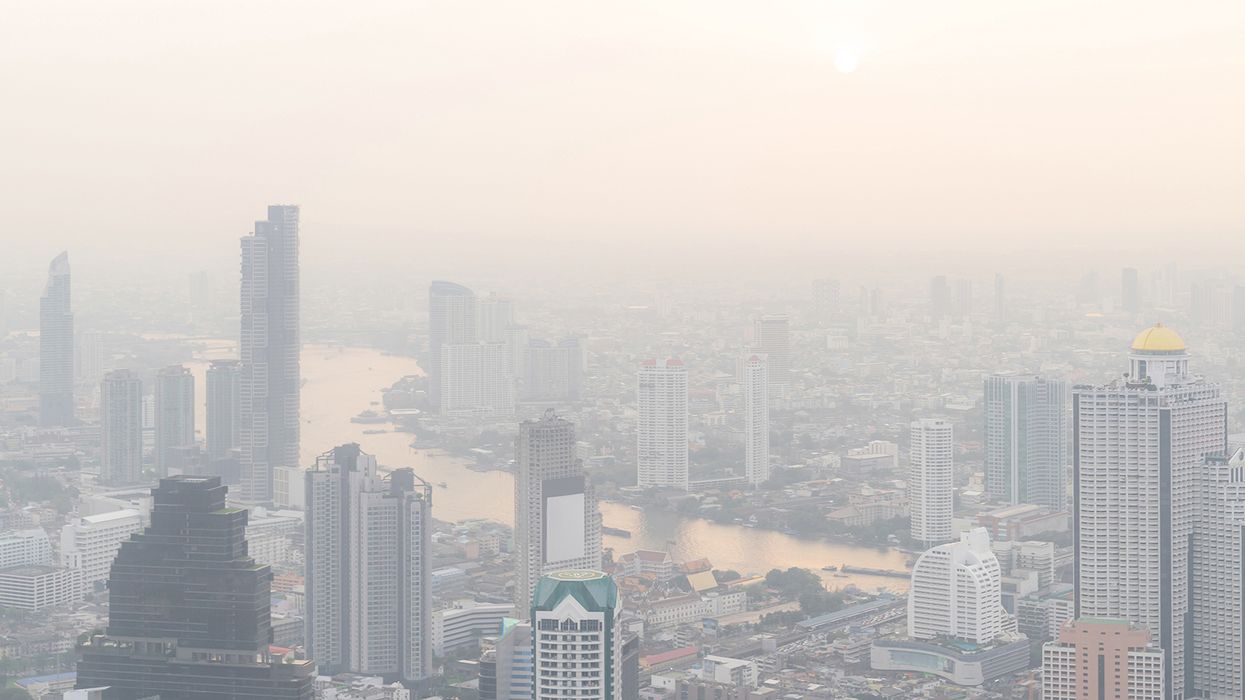Our Nation’s air ─ A recap of 2023
Implementation of the Clean Air Act in 1970 has fueled impressive long-term emissions reductions, improving the air we breathe. Still, approximately 140 million Americans live in counties where air quality concentrations are above set levels. While long-term trends continue to improve, the EPA states that there’s still work to be done.
Continued emissions reduction
The Clean Air Act requires the EPA to set National Ambient Air Quality Standards (NAAQS) for six principal pollutants called criteria air pollutants, which can be harmful to public health and the environment.
Between 1970 and 2023, the combined emissions of these criteria pollutants have dropped by 78%. This is of particular significance due to the continued growth of the US economy by 320% over that same period of time. Since 1990, air pollutant concentrations of these six key pollutants have declined as follows:
- Carbon Monoxide (CO) 8-Hour is down 79 percent.
- Lead (Pb) 3-Month Average is down 87 percent (since 2010).
- Nitrogen Dioxide (NO2) Annual is down 62 percent.
- Nitrogen Dioxide (NO2) 1-Hour is down 55 percent.
- Ozone (O3) 8-Hour is down 18 percent.
- Particulate Matter 10 microns (PM10) 24-Hour is down 29 percent.
- Particulate Matter 2.5 microns (PM2.5) Annual is down 37 percent (since 2000).
- Particulate Matter 2.5 microns (PM2.5) 24-Hour is down 29 percent (since 2000).
- Sulfur Dioxide (SO2) 1-Hour is down 92 percent.
Effects on health and the environment
The link between air pollution and these criteria air pollutants contributes to a variety of health problems and impacts on the environment. Breathing elevated levels of CO can decrease the amount of oxygen reaching a person's organs and tissues. Lead exposure can harm the development of children, leading to lower IQs, learning deficits and behavioral problems. Short-term exposure to NO2 can aggravate asthma and other respiratory diseases. The environmental effects of ozone include damage to vegetation by injuring leaves, which reduces photosynthesis, therefore impairing growth and decreasing crop yields. Particulate matter in the air is the main cause of reduced visibility in parts of the U.S. It can settle on soils and surface waters, which can change the pH, deplete nutrients, and negatively affect ecosystems.
Actions being taken
The EPA and states continue to track emissions data from industry, state, tribal, and local agencies from sources in their jurisdictions, including:
- Highway vehicles;
- Industrial and other processes (e.g., smelters, refineries, and dry cleaners);
- Non-road mobile sources (e.g., recreational and construction equipment, marine vessels, aircraft and locomotives); and
- Stationary fuel combustion sources (e.g., electric utilities and industrial boilers).
The government continues to invest in climate pollution action efforts to improve the economic and public health of those living in the country, including:
- Creating rules to reduce methane emissions from oil and natural gas operations,
- Updating pollution standards for the transportation industry,
- Establishing greenhouse gas standards for heavy-duty vehicles,
- Implementing standards for existing coal-fired and natural gas-fired power plants,
- Investing in infrastructure, and
- Working to embed environmental justice in all of EPA’s work.
Key to remember: While long-term trends continue to show an improvement in the air we breathe, the EPA states that there’s still work to be done.































































